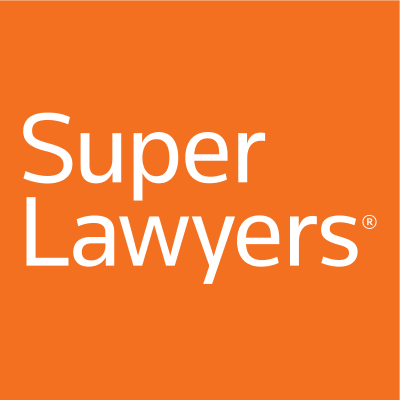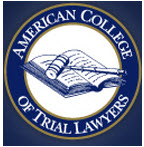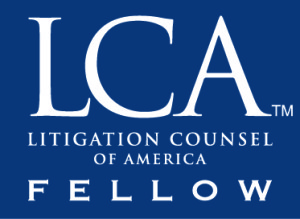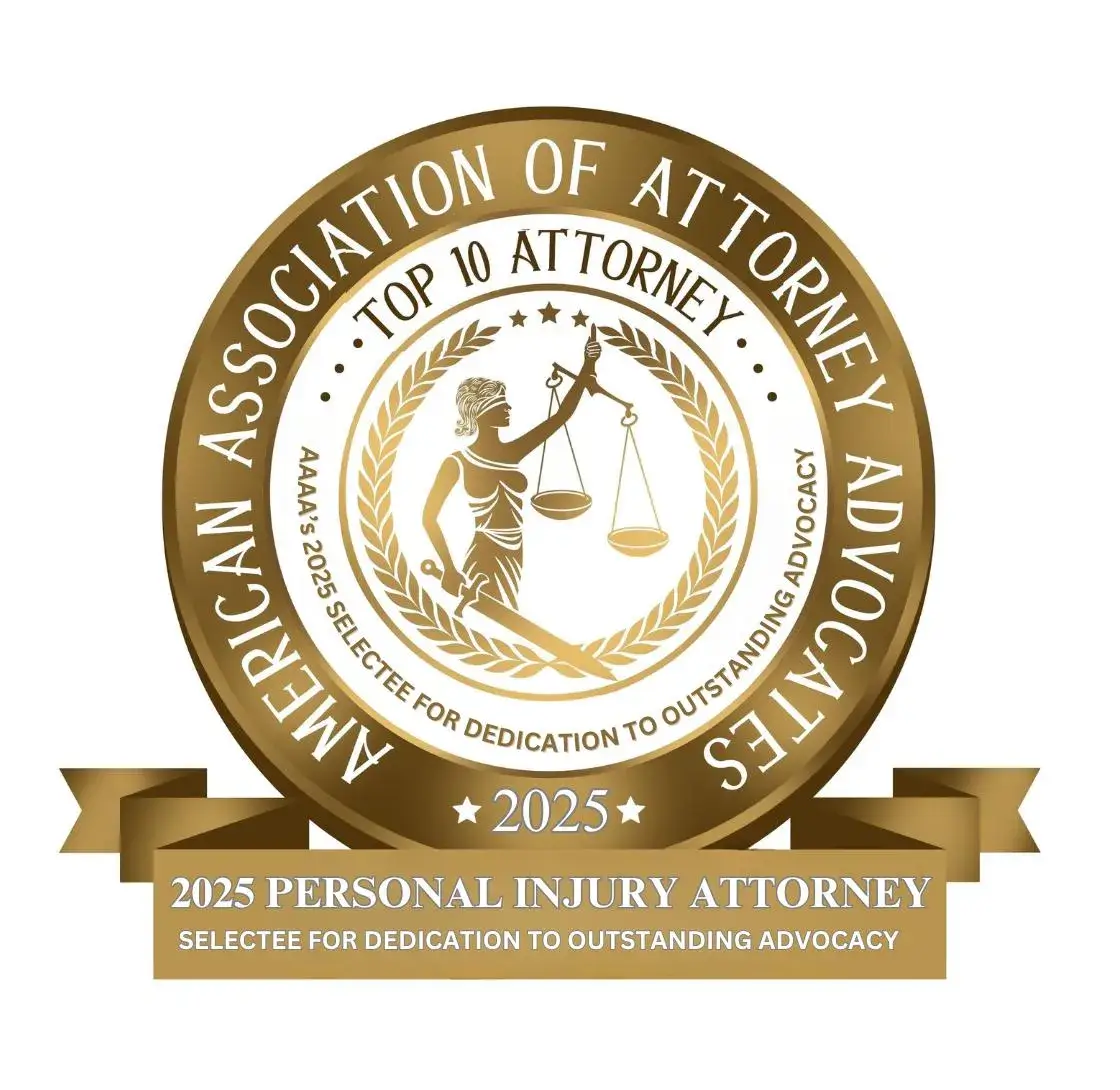Who Pays for Your Injuries After a Multi-Vehicle Bus Crash in New Jersey?
In a multi-vehicle bus crash, determining who pays for your injuries isn’t straightforward. The bus driver, the bus company, and one or more other drivers could all share the blame, and each will have an insurance company looking to minimize its payout.
This situation leaves you caught in the middle. While you’re trying to recover, different insurance companies may point fingers at each other, delaying your claim or arguing you were partially at fault. Bills for medical care and living expenses start to pile up, creating immense pressure.
New Jersey law has a specific system for assigning financial responsibility in these exact situations, called “modified comparative negligence.” It works by assigning a percentage of fault to each responsible party. Our firm handles the process of investigating the crash, gathering the evidence needed to establish each party’s percentage of fault, and pursuing the maximum compensation available under the law from every liable source.
If you have a question about your bus accident case, call us at (201) 585-9111.
Key Takeaways for New Jersey Multi-Vehicle Bus Accidents
- Multiple parties may be at fault. Liability in a multi-vehicle bus crash extends beyond the drivers to include the bus company, vehicle manufacturers, or even government entities responsible for road maintenance.
- New Jersey’s laws allow for recovery even if you are partially at fault. Under the state’s “modified comparative negligence” rule, you are able to file a claim for damages as long as your share of fault is 50% or less.
- Strict deadlines apply, especially for government-owned buses. Claims against public entities like NJ Transit require a formal Notice of Tort Claim within 90 days of the accident, a deadline that is unforgiving if missed.
Who Are the Potential At-Fault Parties in a Multi-Car Bus Wreck?
After a crash involving a bus and other cars, there are typically more responsible parties than you might think. Liability isn’t always limited to the person who made the initial mistake.
A thorough investigation might uncover liability in unexpected places.
- The Bus Driver: Was the driver distracted, fatigued, speeding, or poorly trained? We examine their driving history, logbooks, and adherence to federal safety regulations.
- The Bus Company: A bus company may be liable for its own negligence. This could include hiring an unqualified driver, failing to perform required maintenance, or encouraging drivers to violate hours-of-service rules. This is a legal concept called “vicarious liability,” which means an employer is responsible for an employee’s actions.
- Other Vehicle Drivers: Any other car, truck, or motorcycle driver whose actions contributed to the chain of events could be held partially responsible.
- Government Entities: If a poorly maintained road, a malfunctioning traffic signal, or a lack of proper signage contributed to the crash, a public entity (like a city or county) might be a party to the claim. These claims have very short and strict deadlines, sometimes as little as 90 days to file a notice.
- Vehicle or Parts Manufacturers: If a mechanical failure caused the crash, such as brake failure or a tire blowout, the manufacturer of the bus or a specific part may be liable.
By identifying all responsible parties, we may be able to access multiple insurance policies. This broadens the sources of recovery, which is important when your injuries are severe and costs are high.
How Does New Jersey Law Divide the Blame in a Bus Accident?
You might be worried that if you are found even 1% at fault, you will not be able to recover anything. In New Jersey, that is not the case.
The state uses a system called “modified comparative negligence.”
- Simple Explanation: Think of it like a pie chart. The total blame for the accident equals 100%. A jury will assign a slice of that pie (a percentage of fault) to everyone involved, including you.
- The 51% Rule: You recover damages as long as your share of the blame is not greater than the combined blame of the parties you are seeking recovery from. Simply put, if you are found 50% or less at fault, you can still successfully file a claim under N.J.S.A. 2A:15-5.1.
- How It Affects Your Compensation: Your final compensation award is reduced by your percentage of fault.
We also look at a related rule called “joint and several liability.”
- What It Means: This rule, detailed in N.J.S.A. 2A:15-5.3, applies when a defendant is found 60% or more responsible for the crash. In that case, they are required to pay the entire judgment, even the portion assigned to other at-fault parties. The high-fault defendant would then have to seek reimbursement from the other at-fault parties.
- Why It Matters to You: This provides a safety net. It means that if one at-fault driver is uninsured or underinsured, you may still recover your full damages from the party who was most at fault, like a commercial bus company with a large insurance policy.
These laws are designed to ensure you get paid even when multiple parties are responsible. You do not have to prove one person was 100% at fault. Your focus should be on your recovery, not on deciphering legal doctrines.
Our firm understands how these rules interact. We build a case designed to minimize any percentage of fault attributed to you and to hold each negligent party accountable for their share.
What Evidence Helps Prove Who Was at Fault?
Proving fault requires a meticulous, detail-oriented investigation that goes far beyond the initial police report. Insurance companies conduct their own investigations, looking for any evidence to argue you were at fault. Our role is to build a stronger case based on objective facts.
Here’s what we look for:
- Event Data Recorders (EDRs): Many commercial buses and newer cars have an “EDR” or “black box.” This device records data like speed, braking, and steering inputs in the seconds before impact. We act quickly to send a spoliation letter, a legal notice that demands the bus company preserve this data before it is erased or tampered with.
- Driver Records: We obtain the bus driver’s employment file, driving history, training records, and toxicology reports. This reveals patterns of unsafe behavior or company negligence.
- Witness Statements and Video: We locate and interview eyewitnesses. We also search for footage from traffic cameras, dashcams, and nearby business security systems that may have captured the crash.
- Accident Reconstruction: For complicated cases, we may work with accident reconstructionists. These are engineers who use physics, vehicle dynamics, and site evidence (like skid marks and vehicle damage) to create a scientific model of how the crash occurred.
- Company Maintenance Logs: We subpoena the bus company’s maintenance records to see if the vehicle was properly inspected and repaired according to federal and state regulations.
Does It Matter What Kind of Bus Was Involved?
A bus is a bus, right? When it comes to a legal claim, the answer is no. The type of bus and who owns it changes the rules and deadlines for your case.
The legal path forward depends on whether the bus was operated by a private company or a government entity.
- Private Charter, Tour, and Intercity Buses (e.g., Coach USA, Greyhound):
- These are owned by for-profit companies.
- They are regulated by the Federal Motor Carrier Safety Administration (FMCSA) and required to carry high-limit insurance policies, typically between $1.5 million and $5 million.
- Your claim is filed against the private company and its driver.
- Public Transit and School Buses (e.g., NJ Transit, local school district):
- These are usually government-run entities.
- Filing a claim against a public entity in New Jersey requires following the strict rules of the Tort Claims Act (N.J.S.A. 59:1-1 et seq.).
- Crucial Deadline: You must file a formal “Notice of Tort Claim” within 90 days of the accident. If you miss this deadline, you may lose your right to sue, forever.
- These entities may also be protected by certain legal immunities that do not apply to private companies.
The 90-day deadline for government claims is one of the most unforgiving in the legal system. If a public bus was involved in your accident, you must act quickly. We ensure these deadlines are met.
Frequently Asked Questions About Multi-Vehicle Bus Accidents
My own car insurance has PIP coverage. Should I use that first?
Yes. New Jersey is a “no-fault” state. This means your own Personal Injury Protection (PIP) coverage is your first source for medical expense payments, regardless of who caused the crash. However, if your injuries are serious and costs exceed your PIP limit, you will need to file a claim against the at-fault parties for the remainder.
What if an out-of-state bus company was involved in my New Jersey accident?
The accident claim will generally be governed by New Jersey law since the crash occurred here. However, the bus company is still subject to federal regulations for interstate carriers. We handle cases involving out-of-state companies and understand how to manage the jurisdictional issues.
What if I was a passenger on the bus? Who is responsible for me?
As a passenger, you are extremely unlikely to be found at fault. You have a valid claim against any and all drivers and entities who were negligent, including the driver of your bus, the bus company, and the drivers of other vehicles. Bus companies are considered “common carriers,” which means they are held to a very high standard of care for their passengers’ safety.
The bus company’s insurance adjuster called and made an offer. Should I take it?
We advise against accepting an early offer. Initial offers are typically made before the full extent of your injuries and long-term medical needs are known. Accepting it requires you to sign a release, which prevents you from seeking any further compensation, even if your condition worsens.
I don’t think I can afford a lawyer. How does your firm get paid?
We handle personal injury cases on a contingency fee basis. This means you pay us nothing upfront. We only receive a fee if we successfully recover compensation for you, either through a settlement or a verdict.
Don’t Let Confusion Over Fault Prevent You From Seeking Justice
After a chaotic multi-vehicle bus crash, it’s easy to feel like the odds are stacked against you. You may hear other drivers denying responsibility or worry that blame will be unfairly shifted to you.
These fears are exactly what stop people from taking action.
Do not let them. Under New Jersey law, you have the right to hold every negligent party accountable for their share of the harm they caused. You are not expected to handle the case’s complicated nature yourself. Our role is to manage that complexity, conduct the investigation, and build a case that clearly demonstrates who is responsible for your injuries.
The first step is understanding your legal rights in a free, no-obligation discussion about your case. Call Maggiano, DiGirolamo & Lizzi, P.C. today at (201) 585-9111 to get the clarity you need to move forward.


















